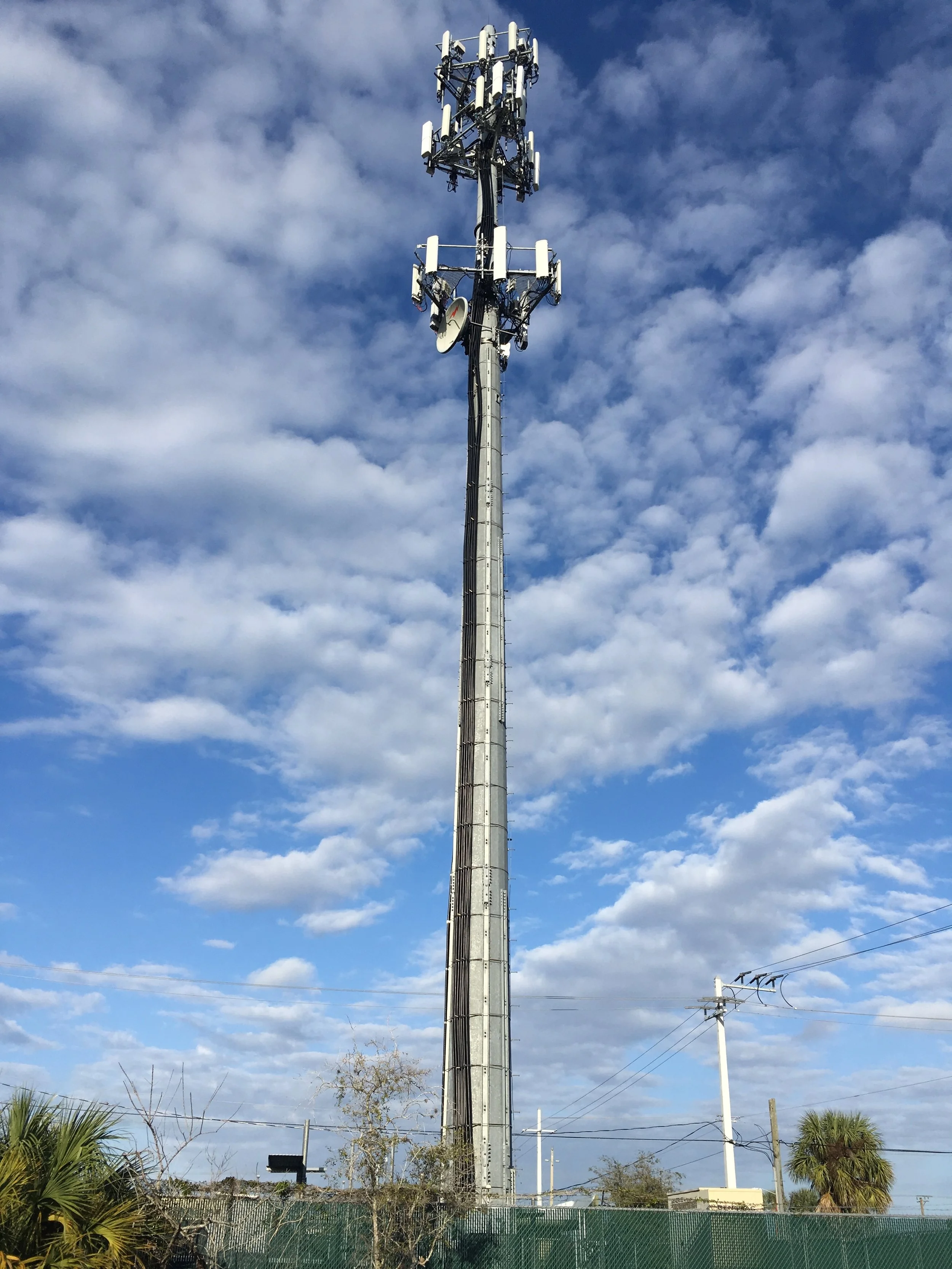Negotiating Mineral Royalties
Mineral Royalties & Gravel Pits
(Turning Dirt into Diamonds)
I like to tell this story once in a while because it is a perfect example of how bad things can really go and then end up way better than the original plan. The players were myself and my investor. The other side was a group of guys that I came to call “The Pit Boys”.
This covers not just a gravel mining operation, but also mineral royalties and valuable insight on how to implement a successful Plan “B” when Plan “A” goes sideways. We’ll look at how to deal with vastly conflicting interests through firm pressure and successful negotiation.
It all started with a 1,000+ acre rural residential land project I was developing. My original plan was to plat 327 residential building lots, in phases, to be sold to several builders that were being lined up. There had been well over a year of pre-work and the plat application was just about ready to submit. The project was super nice, featuring mostly gently rolling terrain with high spots that captured panoramic views of a beautiful mountain range and the surrounding foothills. Like all projects, it had its challenges too – rock cliffs, steep slopes and seasonal wetlands.
Next door, The Pit Boys owned about 100 acres that was contiguous with my northwest property line. I was aware that they had a dormant gravel mining application that they had sat on for years. It had never gone very far because they were currently using the property as a wood waste facility. The land had sat for a long time as a towering mound of unprocessed wood waste.
Trouble starts
But wouldn’t you just know it…., one day my land manager called me and said The Pit Boys had reactivated their dormant gravel mining application. I just about flipped my lid.
To set the stage properly it should be realized that gravel mining is an incredibly noisy enterprise and not at all consistent with a huge residential development next door.
Here’s what made it worse:
* There had been a county-wide gravel shortage for years because the two main gravel pit sources in the county had been mined out, closed and reclaimed.
* The county had several large road expansion projects underway and they were way over budget, partly because of trucking costs for the rock needed for road ballast. In case you don’t know, buying rock or gravel is relatively cheap, trucking it isn’t.
So, out of nowhere the Pit Boys were going to wreck my nice, quiet, little piece-of-heaven residential project.
My Investor
Of course, I had told the investor about this little problem and kept him updated along the way, but with millions already invested, not to mention time, he was pretty torqued. I figured that my land development empire was about to take a big step backward. Re-adjusting myself, I began a hard opposition campaign with the county on the Gravel Pit Application to slow things down and give me time to figure things out.
Time passed and after a few months and a couple of Public Hearings my local land use attorney told me the bad news. The County Hearing Examiner, usually a fair guy, was leaning toward approval of the Pit Boys Application and maybe even expediting it because of the county gravel shortage. Not good and on top of that, nobody was whining about it except me.
The personalities involved
My investor was a self-made guy with millions, a humble guy that absolutely thrived on risk. He also had the balls of King Kong clawing his way up the Empire State Building, knocking off car-size chunks of concrete on the way up. In other words, the perfect raw land investor.
The Pit Boys were stereotypical timber and land guys. The head guy’s main gig was a huge logging operation in Alaska, another guy owned a local trucking company and one of the sons was also connected. They had been very successful in their respective businesses and were as tough as nails, old school style.
The negotiation black hole
I was on a short fuse with the investor as we slogged on and he was right to be ticked off because we weren’t making any meaningful opposition headway. He called me one morning about 4:00 AM. I hadn’t been doing too much sleeping for a while so I was actually awake at the time. The entire call consisted of: “What’s their phone number”? After I gave it to him, he hung up without saying goodbye. Humm….
The black hole part is that my investor called them and I don’t know everything he said on the call, except that we would appeal any approved county mining permit all the way to the State Supreme Court. The rest I don’t know, but I am dead sure it was persuasive. Whatever it was, it must have scared the hell out of The Pit Boys because later that morning I got a call from the main guy with a “new and improved” tone, all friendly-like.
Marching orders
The instruction from my investor was to work out a sale to the Pit Boys of what turned out to be 261 acres at the north tip of our property and to set up a Settlement Agreement where we were to be paid mineral extraction royalties in exchange for withdrawing our opposition. The 261 acre piece was ideal for all involved because it was a high spot directly next door to the proposed gravel pit and had a lot of additional mineable gravel for future pit expansion. It was also naturally separated from my remaining 800+ acres of ownership by wetlands, dense forestation and a naturally “sound deadening” basalt bluff that would have been hell to develop around anyhow. Maybe this could work….
Settlement
This was a high-risk proposition. The Pit Boys were already crying about having no money to pay us for any deal until they started getting gravel revenue. I knew this was B.S. because they were millionaires a few times over, but I let it slide because they had me over a barrel with the Hearing Examiner. At the same time, I was prepared to add massive pressure on top of what I had already put on them. The smart money was on the Pit Boys getting their mining permit, but there was motivation on both sides to settle.
The $2 million dollar deal we struck
For withdrawing my opposition and cooperating going forward, we struck a deal. Below is the summary of about 40 pages of specific terms in the final Purchase and Settlement Agreements:
a). Pit Boys pay - $2,000,000 U.S. total - $30,000 down:
$ 500,000 - Promissory Note applied to the land sale of 261 acres, with partial deed releases on a take-down schedule. Closing to occur after mining permit approval.
$1,500,000 - Promissory Note applied to a Settlement Agreement to withdraw my opposition and cooperate in the future.
b). Note Payments of $.80 per ton of gravel removed from the pit.
c). 7% interest accruing from the start of mining operations.
d). I execute a No Protest Covenant for their current and future mining activity.
e). I get a No Protest Covenant from The Pit Boys for our remaining land development plans.
f). I get utility and access easements across the 261 acres to be sold to The Pit Boys that runs with the land.
Provisions were made to kill this deal if the county denied the Pit Boys permit but it was shortly approved as expected. So, The Pit Boys were off and running and our side was getting 2 Million for cooperation and the sale of a parcel that was of more use to them than it was to me.
Why did this work?
* I sold 261 acres of difficult to develop land to The Pit Boys, they got 261 additional acres of prime mining land.
* I got a natural visual and sound buffer from the mining activities, they got rid of a protracted legal battle.
* The County got additional future gravel resources.
* I got paid 80 cents per ton and once the pit was up-to-speed they were trucking out about 80,000 to 100,000 tons per month. They even paid on time each month and the scale logs were accurate for measured weight. They paid off the 2 Notes in about 3 years.
* I moved my lots south and got acceptable lot yield against the original plan.
When a major unanticipated event occurred, our side had to think clearly and quickly to avoid a project-wide disaster. Unexpected things happen in raw land development and my investor was key to getting The Pit Boys serious attention so that I could do my work. Another reason why having the advantage of good investors is essential. Some negotiations wind up with lopsided results, but I would say that everyone came out on top on this one.






